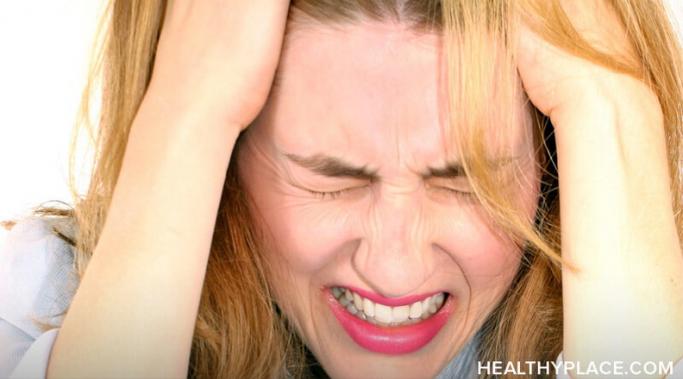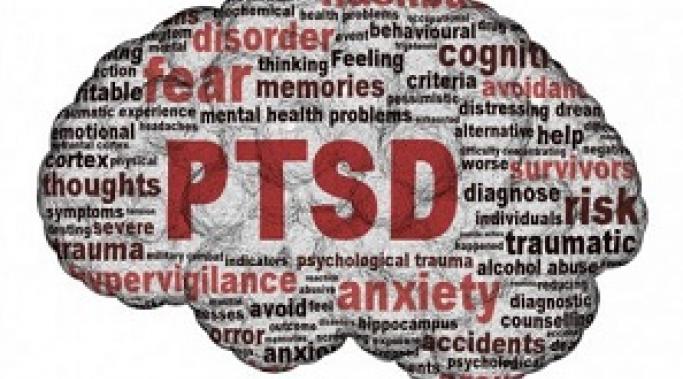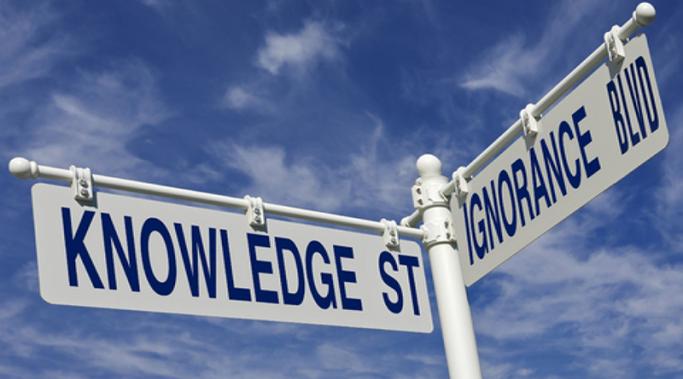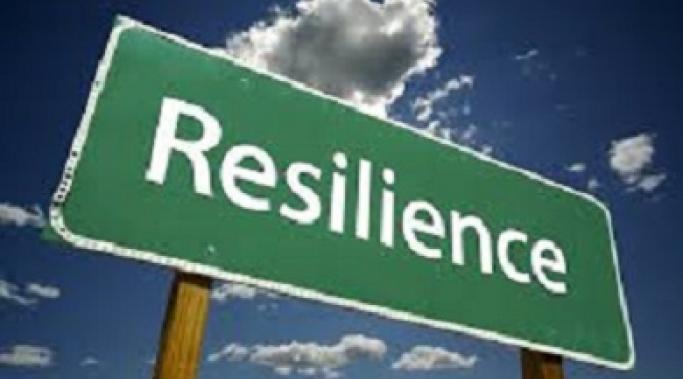It is the age of the smartphone, and there is a mobile app for everything--including mental health recovery apps. You can find applications designed to help with everything from depression and anxiety to posttraumatic stress disorder (PTSD), addiction recovery, eating disorders and self-esteem. Some offer interaction with others in recovery, some provide feedback and advice based on the information each individual records, and some simply give users techniques for reducing anxiety and encouraging gratitude and optimism. No app is meant to take the place of face-to-face treatment, but I have found these mental health recovery apps you should try can be a useful addition to my mental health recovery.
Trauma! A PTSD Blog
For me, dealing with the hyperarousal symptoms of posttraumatic stress disorder (PTSD) is an ongoing thing. I think it's the one group of PTSD symptoms that currently affects me the most, even with all of the therapy I have had and the medication I take. In my last post, I wrote about how the brain functions during trauma and how, for those of us with PTSD, it can get stuck in the reactive state . In this post I want to talk about what it feels like to be in the hyperarousal symptoms of PTSD and how to deal with it.
Have you ever wondered how trauma affects the brain? It's something that I thought about a lot after being diagnosed with posttraumatic stress disorder (PTSD). I wanted (needed) to know that there was a physical reason I wasn't able to let go of the trauma, to just "get over it," like other people have done. The fact is, trauma affects the brain and some of us who suffer trauma and develop PTSD do so because our brains process trauma differently than others.
Are you are interested in taking a closer look at how eye movement desensitization and reprocessing (EMDR) therapy works for recovery from posttraumatic stress disorder (PTSD)? If so, I recommend a book I read recently, Every Moment of a Fall, A Memoir of Recovery Through EMDR Therapy, by Carol E. Miller. The book gives a first-hand account of what EMDR therapy is like and how it helps with PTSD recovery (see also PTSD Treatment: My Experience With EMDR Therapy).
You hear more about posttraumatic stress disorder (PTSD) now than ever before. However, have you heard these 10 things you should know about PTSD?
The National Center for Posttraumatic Stress Disorder designated June as posttraumatic stress disorder (PTSD) Awareness Month in an effort to raise awareness, reduce PTSD stigma, and encourage people to seek help for posttraumatic stress disorder. The theme of the awareness campaign is "Learn, Connect, Share," so I thought it would be a good idea to talk about how we all can do those things to raise awareness about PTSD this month.
Reducing the stigma of posttraumatic stress disorder (PTSD) is something that we all can, and should, help in doing. If you are reading this post, then it's probably because you, or someone close to you, suffers from PTSD or some other type of mental illness. Those of us who are familiar with PTSD are, undoubtedly, also familiar with the stigma and discrimination that comes along with it. The good news is, there are things that we all can do to help reduce the stigmatization of PTSD sufferers.
Learning to increase my resiliency when dealing with posttraumatic stress disorder (PTSD) symptoms and everyday stress has been essential in my PTSD recovery. While I thought that resiliency was something that would just naturally follow working an active wellness treatment plan, I have found that resiliency is actually something that can be built and strengthened during recovery, and it can be done by learning to be proactive in a few simple areas when triggered or stressed. As I have increased my resiliency, my PTSD symptoms have lessened and my stress and anxiety have decreased, making everyday life much more enjoyable.
I have found that there are some really good reasons that we should not compare our posttraumatic stress disorder (PTSD) recovery to the recovery of others. It's easy to get caught up in the comparison of your recovery process to the processes of others. After all, you are going through the same types of struggles and are dealing with the same types of symptoms (PTSD Symptoms and Signs of PTSD). Not to mention we often find a lot of similarities that allow us to relate to one another, and that is beneficial -- it lessens the feeling that we are alone. However, while that type of peer support is helpful to us, comparing our progressions in PTSD recovery is not.









